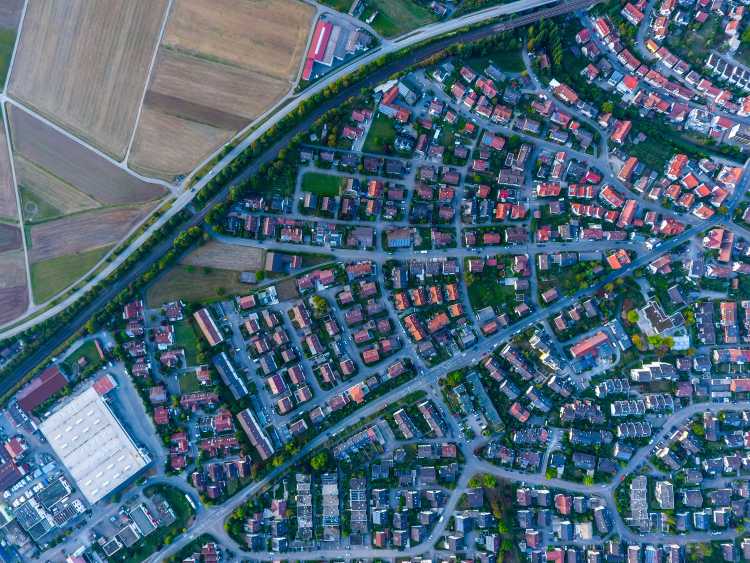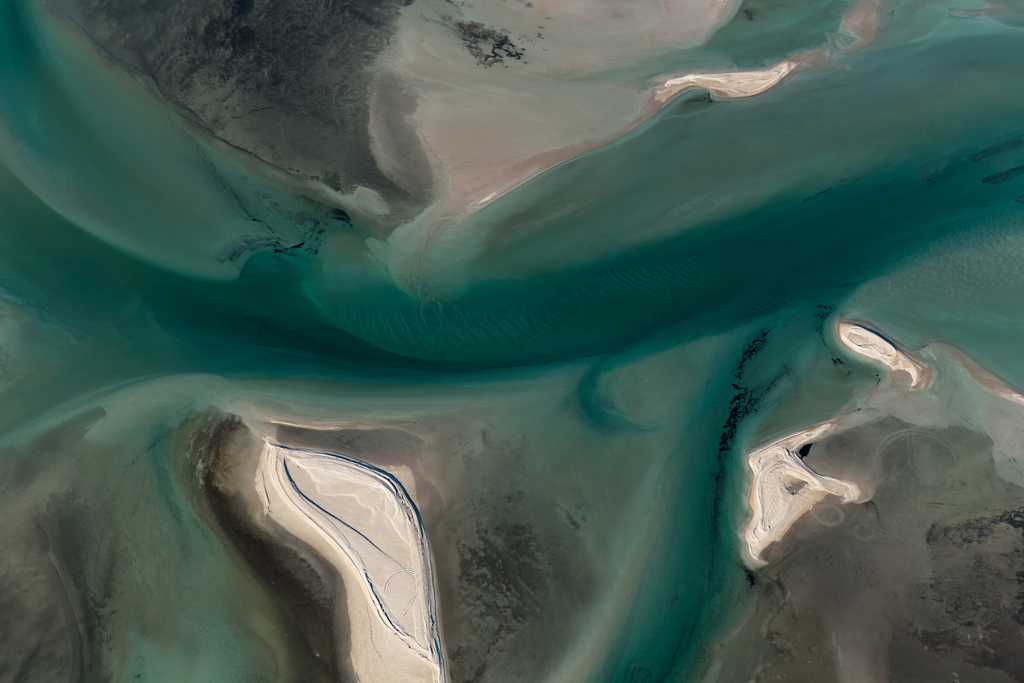STAC is a specification for the handling of geospatial assets. It has emerged from the efforts of several companies and organizations in the geospatial domain. In a previous article, we gave you an overview of STAC and our new storage capabilities, explaining the specification and its benefits in a nutshell. As a next step, we've published a Jupyter notebook where we further explain why we brought STAC to UP42 storage, enabling STAC-compatible endpoints for all geospatial assets in storage. The notebook, a part of a series of notebooks on the topic, will show you how to overcome common data management challenges with real-world examples.
We will first explore the API entry points and then go into the following use cases:
- Getting to the entry point for the asset service. This will inform us about the available asset catalog and which standards it conforms to
- Listing STAC collections
- Inspecting STAC items or listing a specific STAC item
- Using a unified interface to search for assets across collections
- Searching for assets that intersect a given AOI
- Visualizing the collection
- Doing complex searches for assets
- Extracting the assets ID for downloading
STAC offers an efficient and natural way to search catalogs of geospatial assets. The current implementation on top of UP42 storage provides a large degree of flexibility, making it easy to access assets using a multitude of search options. All assets are provided as hypermedia, making it simple to manipulate. Go ahead and try the UP42 Spatial Asset Service API by accessing the notebook here.
If you want this notebook rendered in other formats, a quarto source file (extension qmd) is provided: asset_service_api101.qmd.




